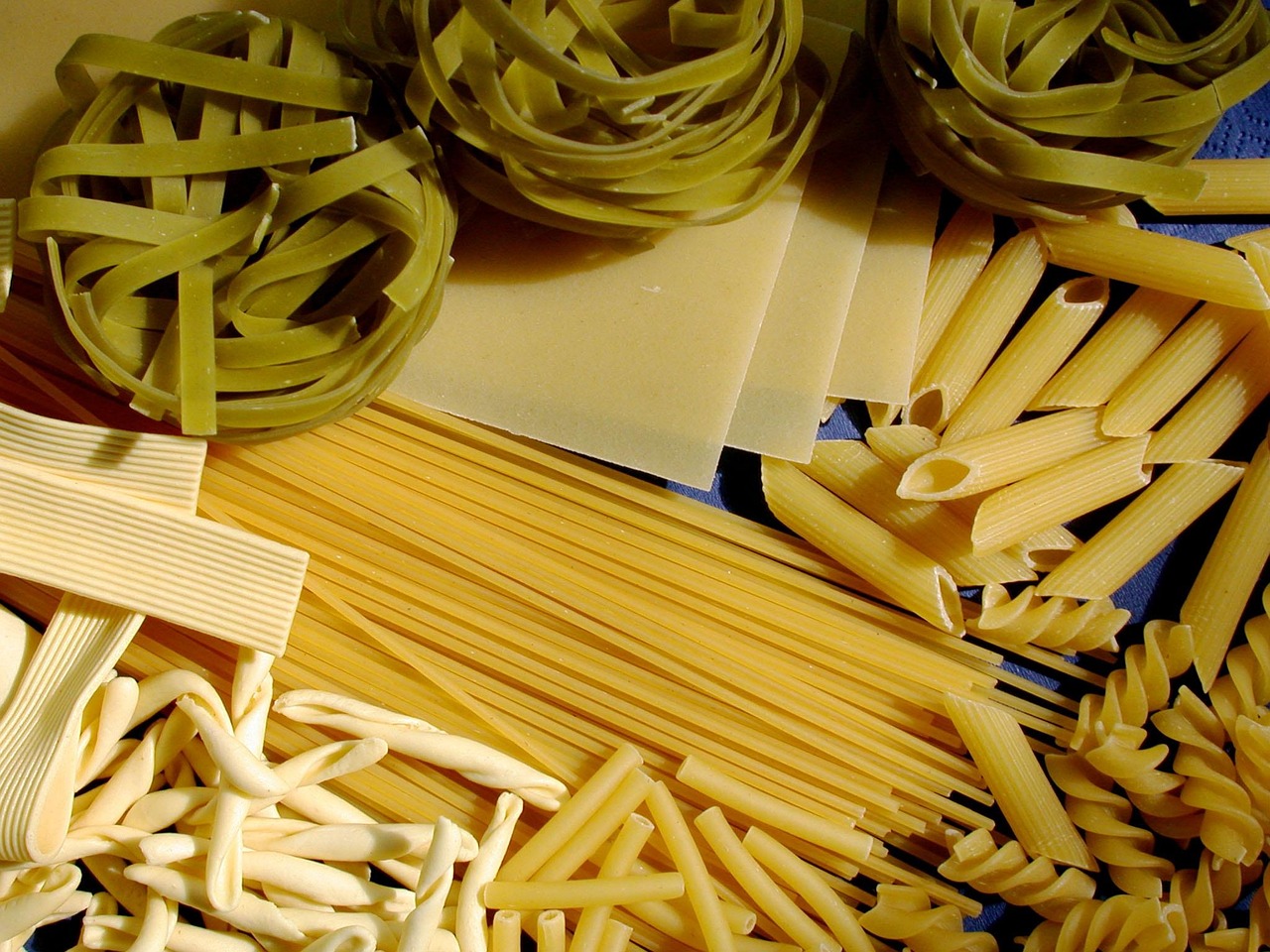Why Tossing Banana Peels Outside Is a Bigger Mistake Than You Think
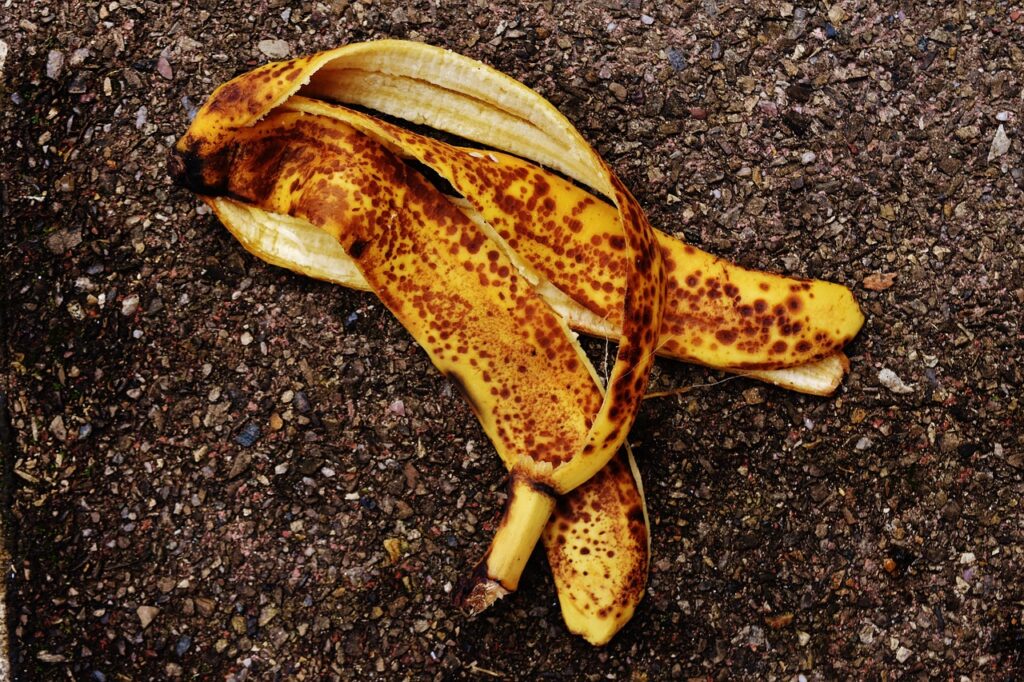
You’ve probably seen someone toss a banana peel into the grass, thinking it’ll “just decompose.” It feels harmless; after all, it’s organic. But that casual flick of the wrist hides a deeper environmental cost most people overlook.
Banana peels might vanish faster than plastic, but not as quickly as nature can handle. They can disrupt ecosystems, attract wildlife to dangerous areas, and release gases as they break down in the wrong conditions.
Let’s break down why this small act has surprisingly large consequences, and what to do instead if you want to dispose of food waste responsibly.
The Myth of “Natural” Decomposition
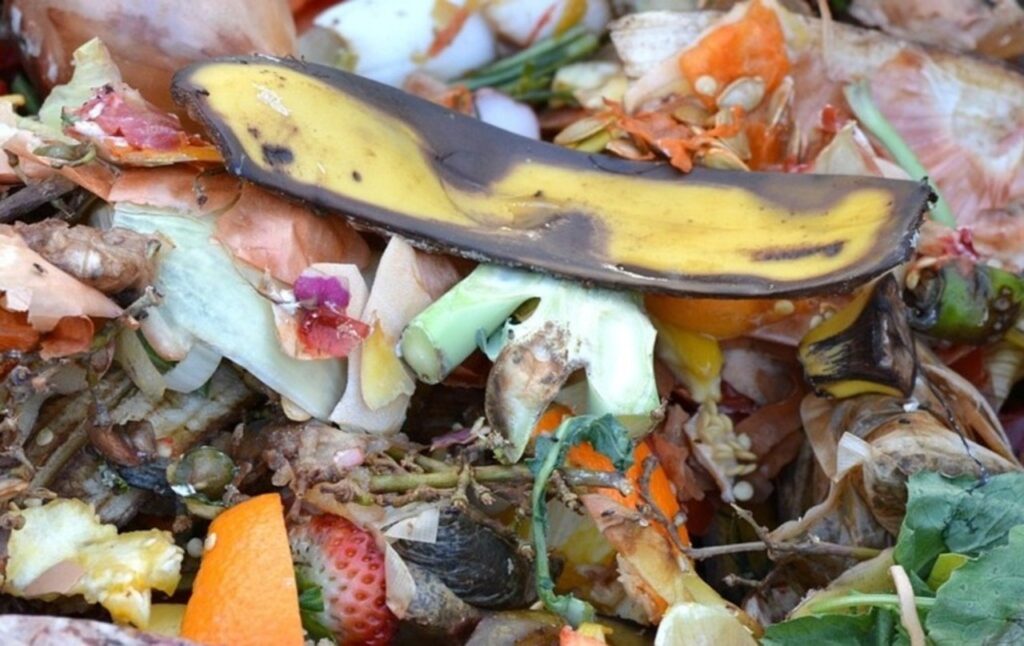
People often assume that anything organic belongs outdoors. The truth is, banana peels can take up to two years to decompose, especially in cooler or drier climates. When tossed in forests or parks, they linger far longer than most expect.
Why They Don’t Break Down Quickly
A banana peel needs a specific balance of heat, moisture, and microbial activity to decay properly. Without it, the peel essentially mummifies—turning leathery instead of breaking down.
This means that even in seemingly natural settings, decomposition stalls. Instead of feeding soil, peels pile up, creating litter that stands out against the landscape.
Impact on Soil and Ecosystems
Banana peels alter the pH balance of the soil as they rot. They release potassium and phosphorus, but in concentrated amounts that local plants can’t always absorb. This nutrient overload can harm delicate plant species that evolved in low-nutrient environments.
So while tossing a peel may seem “natural,” it can actually unbalance the very systems that make those outdoor spaces thrive.
Wildlife Attraction and Behavioral Change
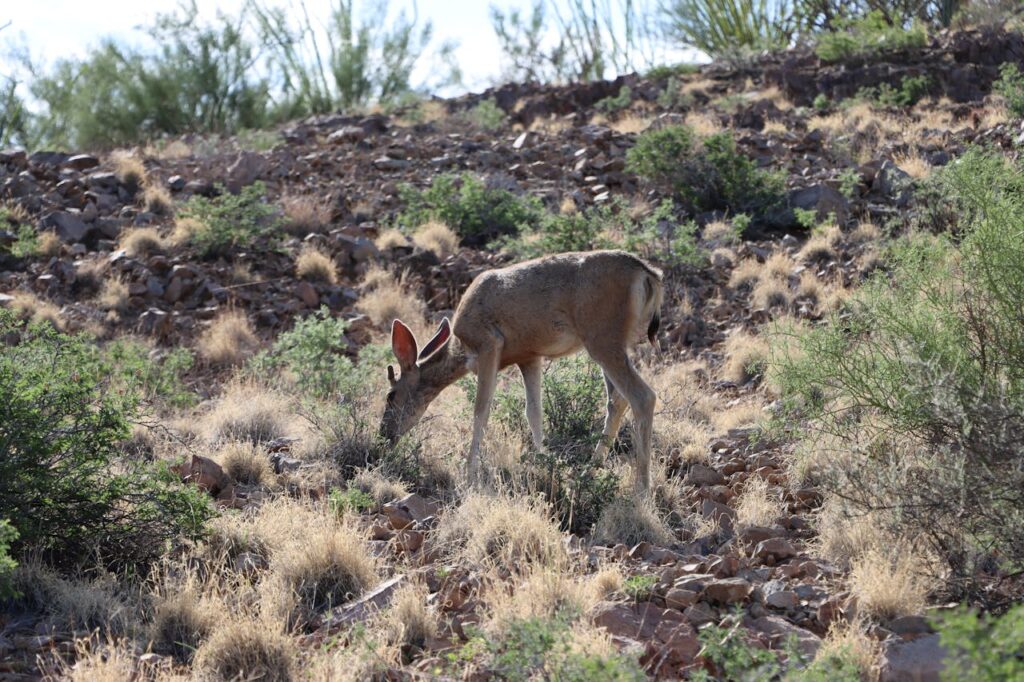
Banana peels aren’t just litter; they’re food signals for wildlife. The smell of decomposing fruit attracts animals, from raccoons and deer to bears and monkeys in tropical areas.
Feeding Habits Gone Wrong
When wild animals associate humans with food waste, they lose their natural foraging instincts. Over time, they begin frequenting campsites, roadsides, and hiking trails in search of easy snacks.
This behavior increases their risk of traffic accidents, disease exposure, and even euthanasia when they’re labeled “nuisance animals.” What began as a peel becomes a pattern of dependence.
Disruption of Local Food Chains
Animals drawn to human food disrupt natural feeding hierarchies. Smaller species get pushed out, and scavengers multiply in places they weren’t meant to thrive. Even insects shift patterns, accelerating decay in some spots while depleting others.
Every discarded peel adds a small imbalance, and together, those add up across parks and natural reserves.
The Hidden Climate Footprint of Rotting Waste
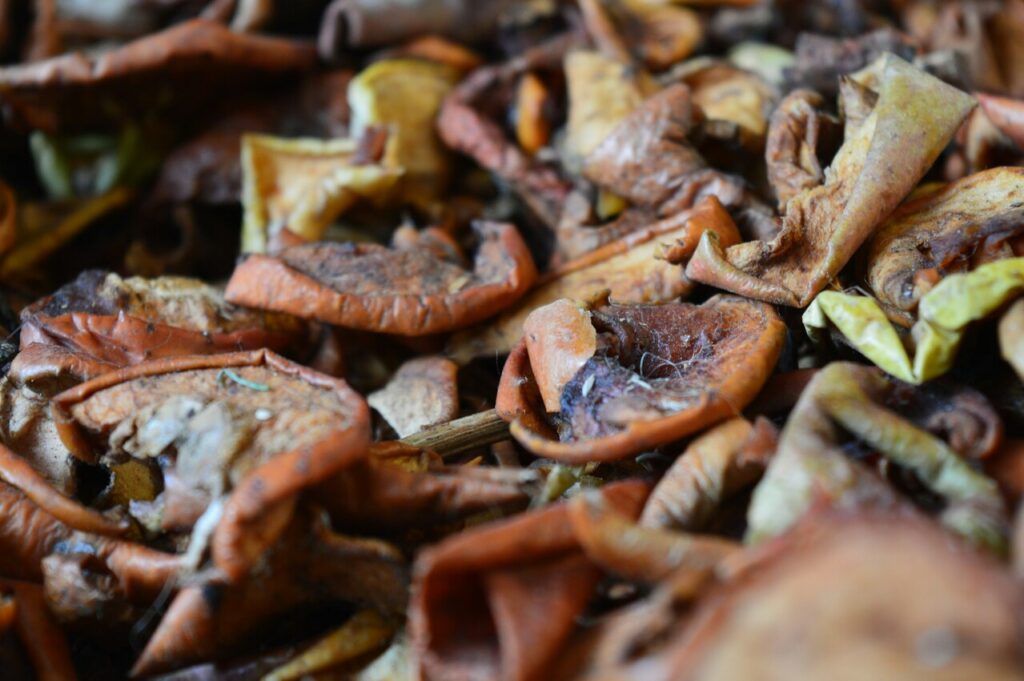
Even organic waste can contribute to greenhouse gas emissions when it decomposes improperly. In the absence of oxygen, like under dense vegetation or in sealed landfills, banana peels emit methane, a potent heat-trapping gas.
Methane vs. Carbon Dioxide
Methane traps about 25 times more heat in the atmosphere than carbon dioxide over 100 years. A single peel won’t warm the planet, but multiply that by billions of tossed fruits each year, and the impact grows measurable.
When organic matter breaks down in controlled composting systems instead, oxygen keeps methane production low while converting waste into useful soil nutrients.
Small Actions, Large Impact
Proper composting or municipal waste disposal may seem trivial, but it’s a powerful collective action. It turns something that could pollute into something that sustains. Tossing food scraps responsibly keeps natural spaces cleaner and emissions lower.
Each small choice matters, especially when it’s repeated millions of times across the planet.
How to Dispose of Banana Peels the Right Way

The easiest option is composting either at home or through community programs. A simple compost bin keeps peels contained, lets microbes work efficiently, and produces nutrient-rich soil for gardens.
If composting isn’t an option, wrap food waste before putting it in a designated green or biodegradable bin. Avoid leaving any organic waste in public spaces, trails, or near waterways where animals might find it.
Small adjustments in habit make a significant difference in preserving the balance of the natural environments we love to enjoy.
Rethink the “It’s Just a Banana Peel” Mindset
It’s easy to dismiss a banana peel as harmless, but the ripple effects tell another story. From soil chemistry to wildlife behavior and greenhouse gas emissions, this small item carries hidden costs.
Being mindful of what we leave behind isn’t about guilt; it’s about respect. The next time you’re tempted to toss that peel into the bushes, remember that “natural” doesn’t always mean harmless. True environmental care starts with the smallest, simplest actions.




